What is CIGUATERA or "GRATTE"?
Ciguatera is food poisoning from the flesh of fish contaminated with microalgae found in coral reefs. Like many natural and artificial toxins, ciguatoxin accumulates in organisms and its concentration increases as you move up the food chain.
Which fish are involved and are dangerous?
Of the 400 potentially infected species, large predatory fish such as barracuda, moray eel, grouper or jacks are most likely to cause poisoning. In Polynesia the ciguatera affects all the archipelagos.
- The fish most often involved in reported toxic events belong to the families of the Lethrinidae (Perche, Cane Beak), Serranidae (Loche, Grouper), Carangidae (Carangue), Labridae (Napoleon) and Scaridae (Parrot). However, the species involved may vary from one archipelago, or even from one island to another;
- The list of species reported in the report cards is largely influenced by the food preferences of the populations. For example, some marine organisms, such as moray eels, rarely appear in the declaration sheets because of the avoidance strategy adopted by populations, as they are well known for their high ciguatoxic risk.
Highly contaminated species:
| All sharks | Sea bass, fish job | Salmon loches | |
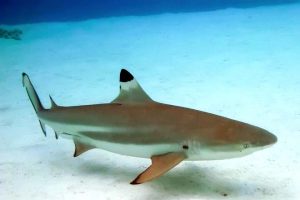 |
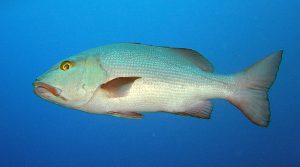 |
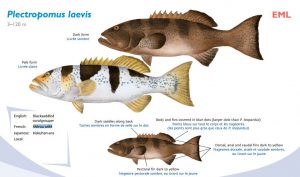 |
|
| Murene | Barracudas | Napoleon | |
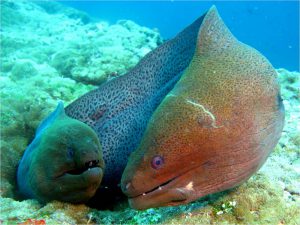 |
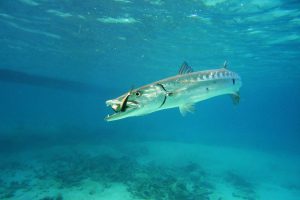 |
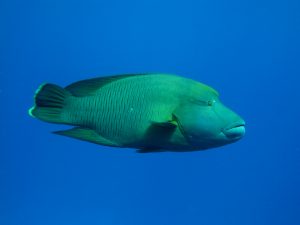 |
Species with high potential for contamination:
| Marbled Loche | Jacks | Parrots | |
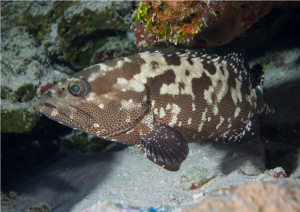 |
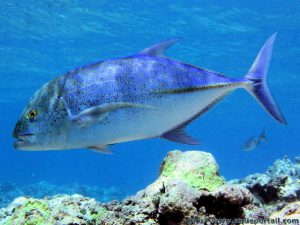 |
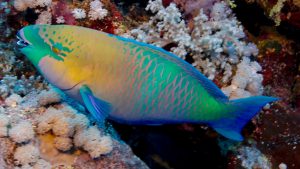 |
|
| Cane beak | Lutjans | Surgeons | |
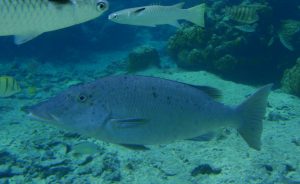 |
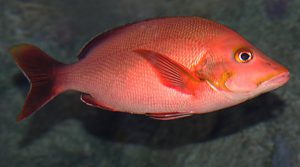 |
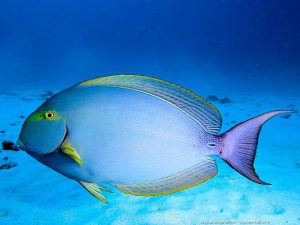 |
Researchers at the Louis Malardé Institute have discovered that trocas and some sea urchins can accumulate toxins from ciguatera in their tissues. People infected with trocas had symptoms that could last up to 20 months after intoxication. Most of these types of shells are infected in the Marquesas, especially in the bays north of Nuku Hiva and their consumption is to be completely prohibited.
On the same island, the fish can be healthy in one place and toxic a few kilometers away depending on local conditions. It is most often recommended that you check with local fishermen to find out what is "at risk" corners.
For the fish species involved, it is much the same: all are edible but in an area deemed ciguatoxic, some can be consumed while others not and in another area the dangerous species will be different.
333 cases of ciguatra were recorded in French Polynesia in 2017, according to the annual report published by the Health Watch Office.
For the past 10 years, the Louis Malardé Institute (ILM), the Health Watch Office and the Health Directorate have been collecting data sent by health facilities and professionals in Polynesia as part of the epidemiological surveillance network of marine biotoxin poisoning.
In 2016, according to the same report, 478 cases had been recorded. For the country's services, this decrease "is partly due to a decrease in the number of people who are intoxicated with the number of people who are intoxicated, who prefer to rely on traditional remedies and consult less and less for the simple reason of ciguatera. »
Some islands have shown "concerning" incidence rates, according to World Health Organization (WHO) standards. Of the 10 islands concerned, four are in the Marquesas Archipelago and six in the Tuamotu Archipelago. No data is available for the Gambier.
The report indicates that this increase in the Marquesas is due to two episodes of collective intoxication. In both cases, about 10 people were involved after eating fish caught in Hatiheu Bay and south of Tahuata.
According to poisoning cases reported in 2017, parrotfish, lutjans, loaches and groupers are the most affected families.
| The Most Affected A | reas Species Exposed by Location |
|---|---|
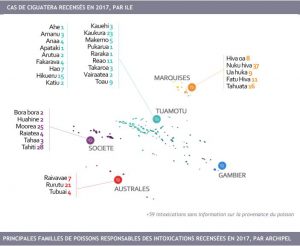 | 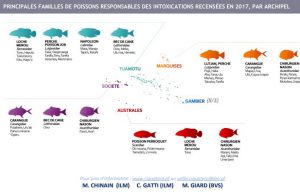 |
Symptoms:
Ciguatera is marked by an impressive number of symptoms since nearly 150 signs have been described. They are usually categorized into four categories:
- Digestive signs are the first to appear, a few hours after the contaminating meal. They are also the first to disappear. These are vomiting and diarrhea that can lead to dehydration.
- The heart signs appear quickly and make all the severity of the ciguatera: slowing the heart rate sometimes very important, and lowering blood pressure. These signs also disappear relatively quickly.
- Neurological signs appear, most often, after a few days: tingling in the limbs, numbness, electric shocks, burning sensations. There may be a "cold-cold sensation reversal." The contact of the cold, such as a cold shower, will trigger a burning sensation. The patient may also feel that the flat water he drinks is gassy.
- Other symptoms include the intense itching that has earned this disease the name "scratch" in and the common joint and muscle pain.
Treatments:
Local people also have their traditional treatments. Many plants are used, some are used in very remote areas and have been the subject of pharmacological studies showing a beneficial action such as Argusia argentea or faux-tobacco.
After poisoning:
it is advisable to avoid fish-based meals (even those deemed non-toxic such as offshore fish) or seafood, as well as alcoholic beverages for three to six months. Otherwise, one is exposed to the persistence or relapse of paresthesia, dysesthesia and pruritus in particular. Foods rich in animal protein (meat, eggs) and vegetable proteins (cereals, legumes) should be avoided less strictly. However, it is illusory to completely ban the consumption of fish in regions where it forms the basis of daily food and sometimes almost all the protein intakes of populations.





